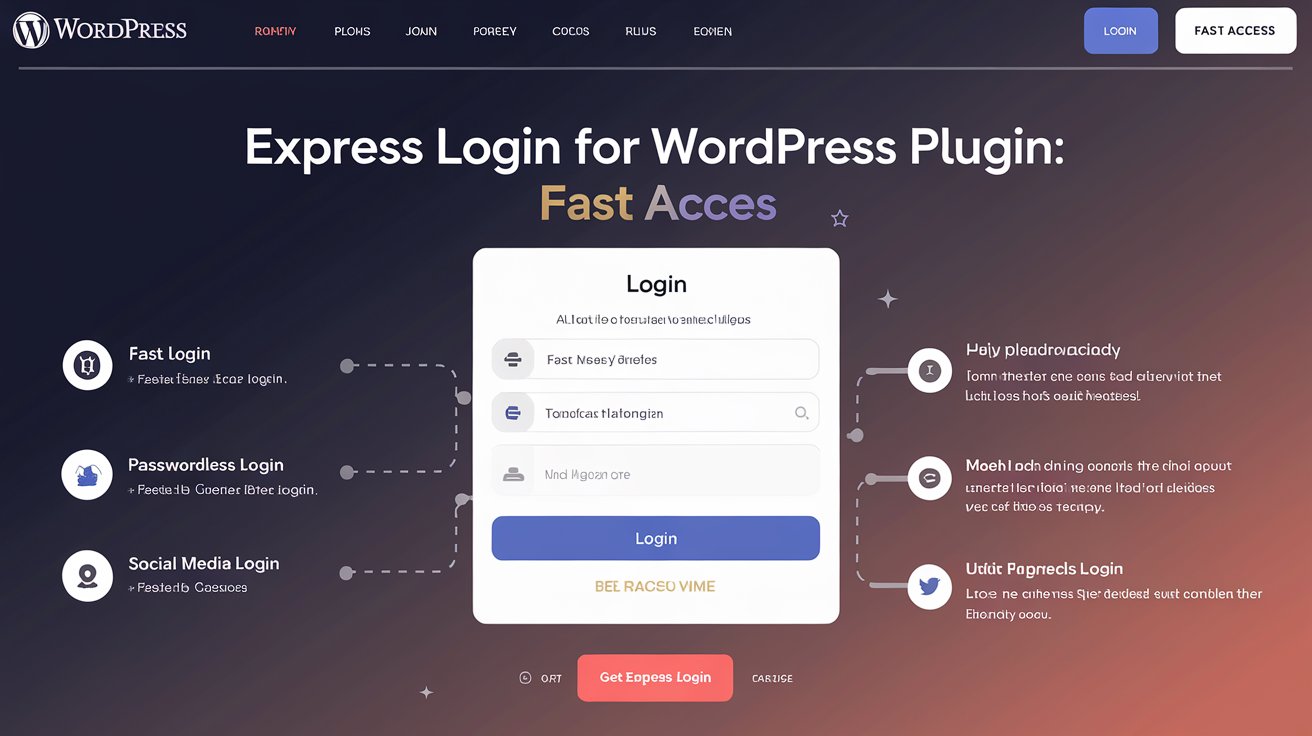Over the past few years, I’ve gotten several questions about non-binary pronouns and gender diversity in scenarios. Sometimes, people ask about using “gender-neutral” characters in scenarios like this question. This is based on a real question I received, but I modified it slightly to protect the sender.
“I wonder what you think about using gender neutral names in scenarios and keeping pronouns for them/them. I just created a course, and I decided to stick with gender neutral names and pronouns throughout to be inclusive. I wanted to avoid assigning characters with any negative traits to a specific gender.”
I appreciated this question because I think this instructional designer genuinely tries to avoid bias in her work. She thought clearly about the issue and knew that she needed to change something in how she represented gender in her scenarios. While I believe she had good intentions, I also think her approach is wrong. Using only they/them pronouns and gender-neutral names in scenarios creates another set of problems.
I’ve heard the same idea from several people, so I don’t want to single her out. This is a misconception that needs to be addressed. Let’s delve into how to work towards gender equality and inclusive representation for non-binary characters in scenarios for training.
They/Their pronouns for hypothetical situations
I recommend reflecting diversity in characters for scenarios, so I’m in favour of including non-binary characters. Non-binary people should also be represented in scenarios. However, I think using they/their pronouns for every character in a scenario is problematic.
There are two common ways we use they/them pronouns:
- Gender-neutral pronouns when we do not know a person’s gender, or we are talking about hypothetical examples
- Pronouns for non-binary individuals who use they/them pronouns. You know their gender—it’s non-binary.
It is appropriate to use gender-neutral pronouns in hypothetical situations where we do not know a person’s gender. For example, “When a new employee starts, they will need to get their badge on the first day.” We don’t know if the new employee is male, female, or non-binary, so we use “they” and “them” as generic pronouns. It could hypothetically refer to several different people.
It is also appropriate to use they/them as a gender-neutral pronoun in some situations where you are talking about a specific person whose pronouns you do not know. “Hey, do you see that person sitting by the window? I love their hat!” When I’m talking about a person you don’t know and you don’t have to interact with directly, it’s okay to use the generic they/them.
For generic, unknown, or hypothetical people, the use of they/them pronouns is appropriate. It is more inclusive than the old-fashioned assumption of he/him for every generic person, and it is less clumsy than using he/she.
Problems using they/their pronouns for all characters
But in a scenario, you are talking about specific individual characters with names and genders.
We are talking about specific individuals; we need to get their pronouns right. By using they/them to refer to a specific character in a scenario, an ID does not avoid gender or leave it to the learners’ imagination. They do the second bullet point above: they identify that character as a non-binary person who uses they/them pronouns.
Using they/their pronouns for all characters in a scenario does not avoid gender stereotypes. It just switches from stereotypes about male and female characters to stereotypes about non-binary characters. It’s inclusion gone wrong. In the specific example of my reader, all the negative attributes of characters were assigned to non-binary characters.
Using only they/them pronouns for multiple characters is more likely to imply that you haven’t bothered to learn people’s pronouns. Think about it this way: do you refer to everyone on your team as they/them? Probably not—you struggle to use the correct pronouns for the people on your team. It would be offensive to use they/them if they are not their pronouns. It is also abusive in a scenario.
It is also a question of equality versus fairness. Treating everyone the same is equality. This gives everyone the same thing, including using the same pronouns for each character. Equity is about giving people what they need and recognizing that people are different. For pronoun use, equality is the use of they/their pronouns for everyone, which doesn’t make sense. Equity is the use of he/him, she/her, they/them, her/them, them/he, ze/zir, or whatever pronouns someone asks you to use or you decide to give your character.
Fair gender representation
Instead of abusing non-binary pronouns, I recommend that you represent different characters in your scenarios. Use a mix of men, women, and non-binary characters. Include trans characters in your scenarios. Just as you represent diversity in race and ethnicity in your characters, you can represent the diversity of gender.
If you have characters with negative traits, try mixing them up. Don’t make all the negative examples any gender; add some variety.
In many workplace training scenarios, whether a character is trans or cis would not come into play. A trans person will only be referred to by their authentic name and pronouns, with no reference to a dead name or wrong gender. You may use an image of a trans person for your character without explicit mention in the script.
But in some situations it is realistic and relevant to explicitly include trans characters. For example, I have seen several branching scenarios related to issues of updating people’s records after a name change and communicating respectfully with trans people in healthcare settings. In those scenarios, some characters were explicitly trans.
In addition to including characters of various genders, think about the roles those characters fill. Look for ways to subvert stereotypes, such as having a female doctor and a male nurse. If you have a series of several shorter scenarios with different characters, you can change the roles. If you have three scenarios showing drivers and their teams, you can create one female, one male, and one non-binary character for the three drivers.
Names for non-binary characters
I often get questions about representation and inclusion after I post about name generators for scenarios. The question from the introduction to this post included a question about which generators would provide gender-neutral names. While some non-binary people do choose new names for themselves that are not so obviously female or male, many do not. A non-binary person can have any name. It’s fine to name your non-binary character Casey, Sam, or Jordan, but it’s just as realistic to name your character Ella, Brian, or Theo. A non-binary or gender-fluid person may have a typically masculine name while presenting in typically feminine clothing and jewellery.
Non-binary character images
I previously wrote about customizing the illustrated characters of e-learning art to create a non-binary character by combining elements of several characters. I have used that of Vyond custom character creator to build non-binary characters previously as well.
The Gender Spectrum Collection has pictures of characters representing a range of gender identities.
With AI tools, you have more options for generating images of non-binary characters. I generated the images below in Midjourney, but you can create similar images in Flux or other tools.

Additional reading and resources
My post on Diverse Characters in Learning Scenarios deals with diversity more broadly, including gender, race, and disability. I also wrote about the challenges of creating branching scenarios for DEI training topics.
Kayleen Holt’s post on How to be more gender inclusive is a great resource if you are looking for a starting point to understand issues of gender inclusion in learning.
Pronouns: Why They Matter is a quick overview of pronouns, why they are important, and how to use them.
Draw the Inclusive Learning Promise to show your support for inclusive learning experiences.
Thanks, Kayleen Holt and Bela Gaytán, for helping me think through my answer to this question.
================
AISKILLSOURCE.COM










